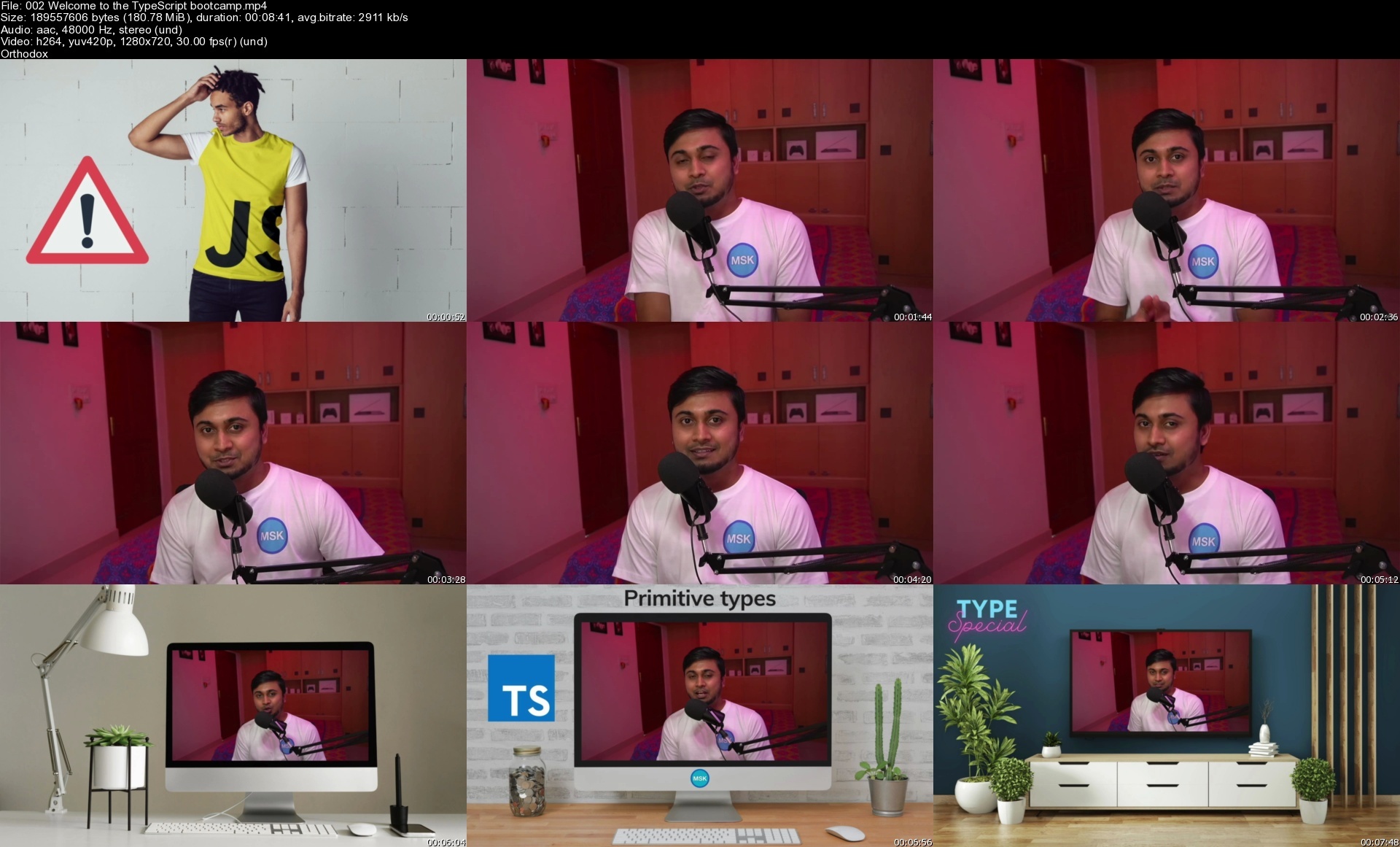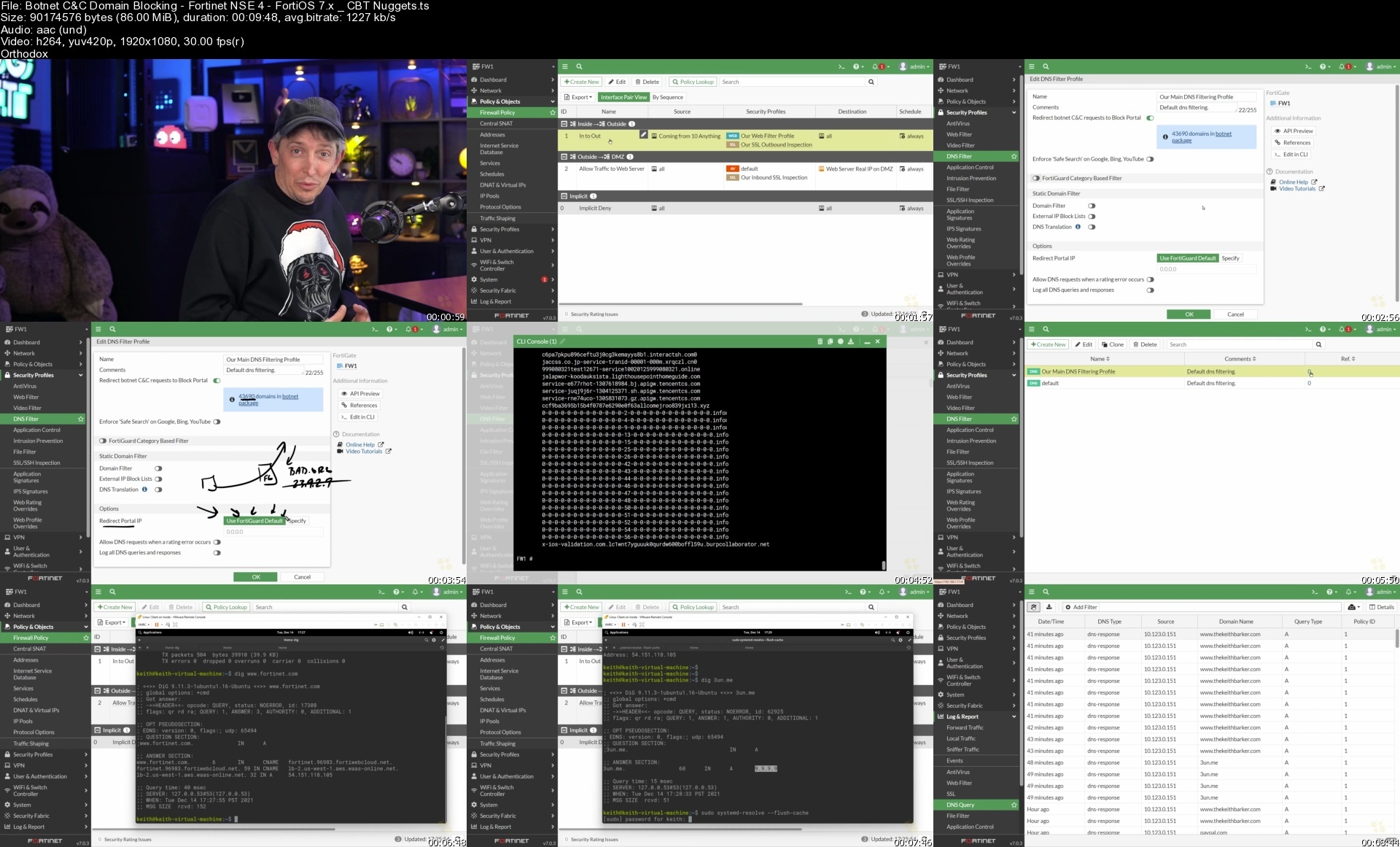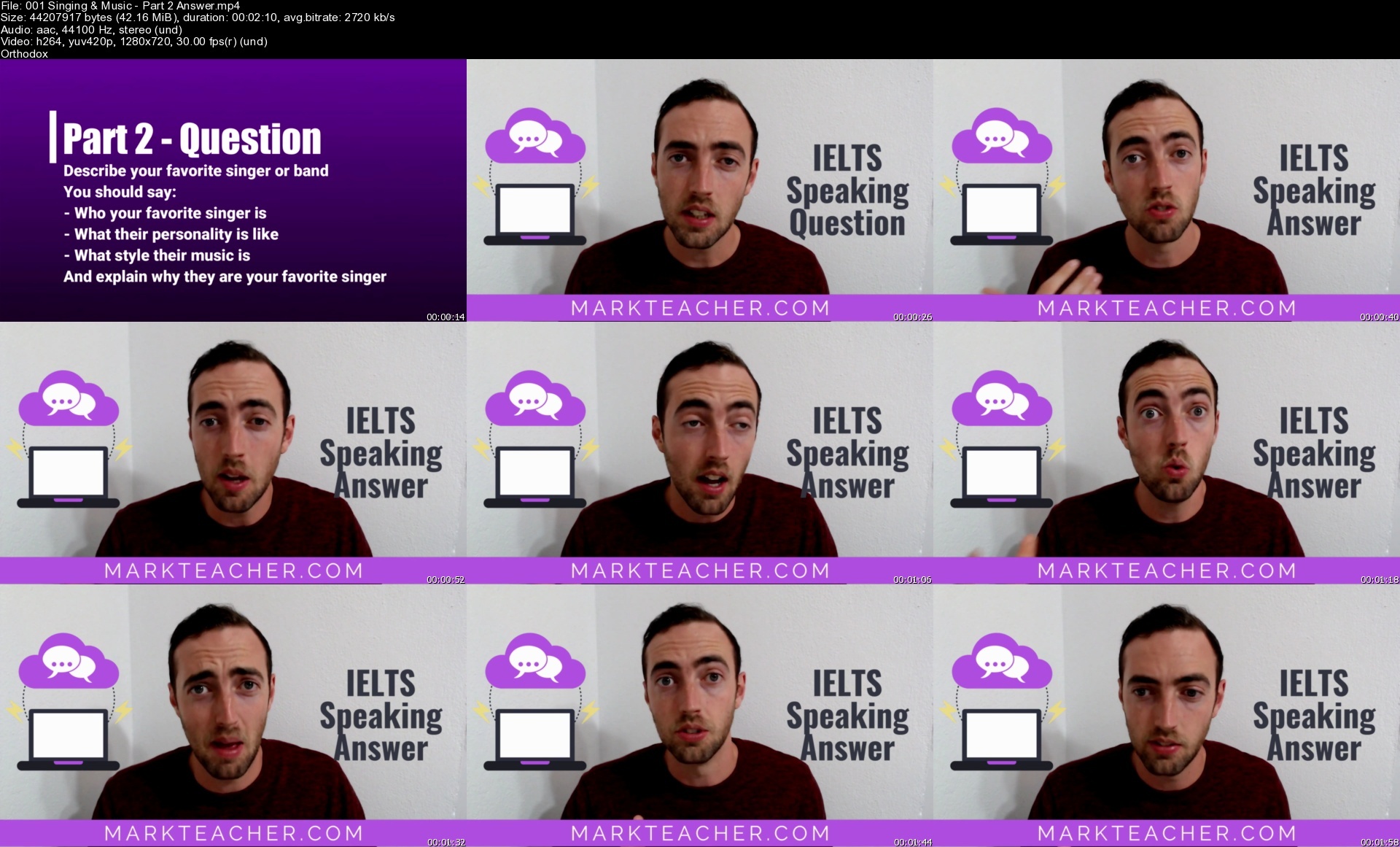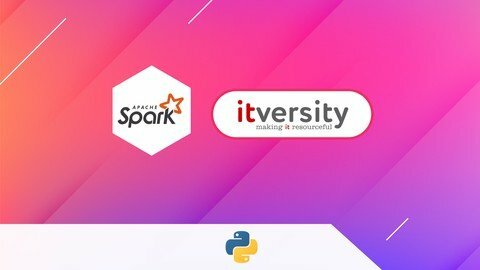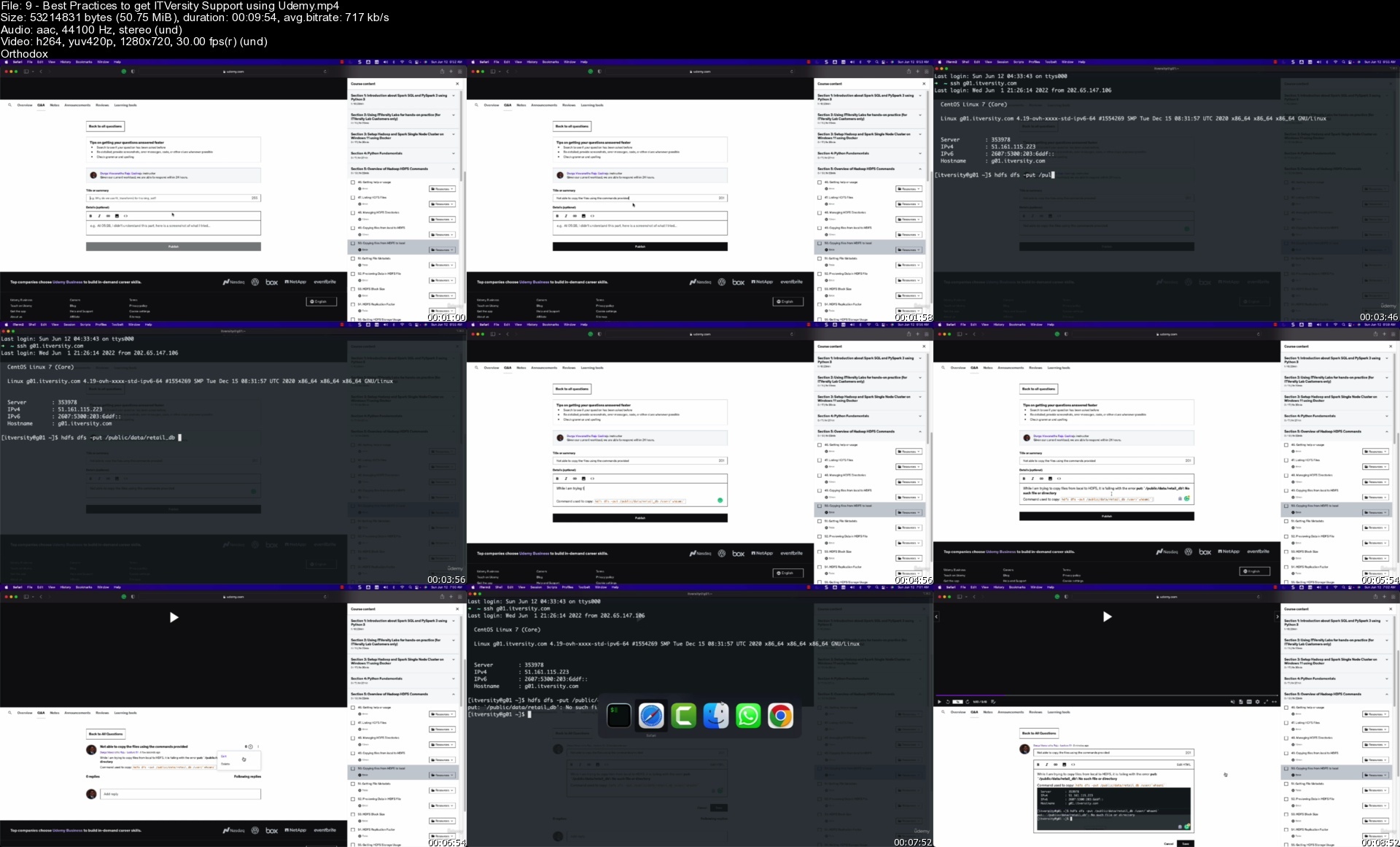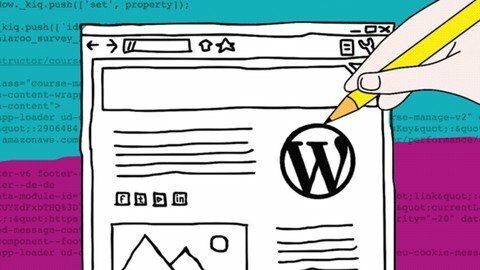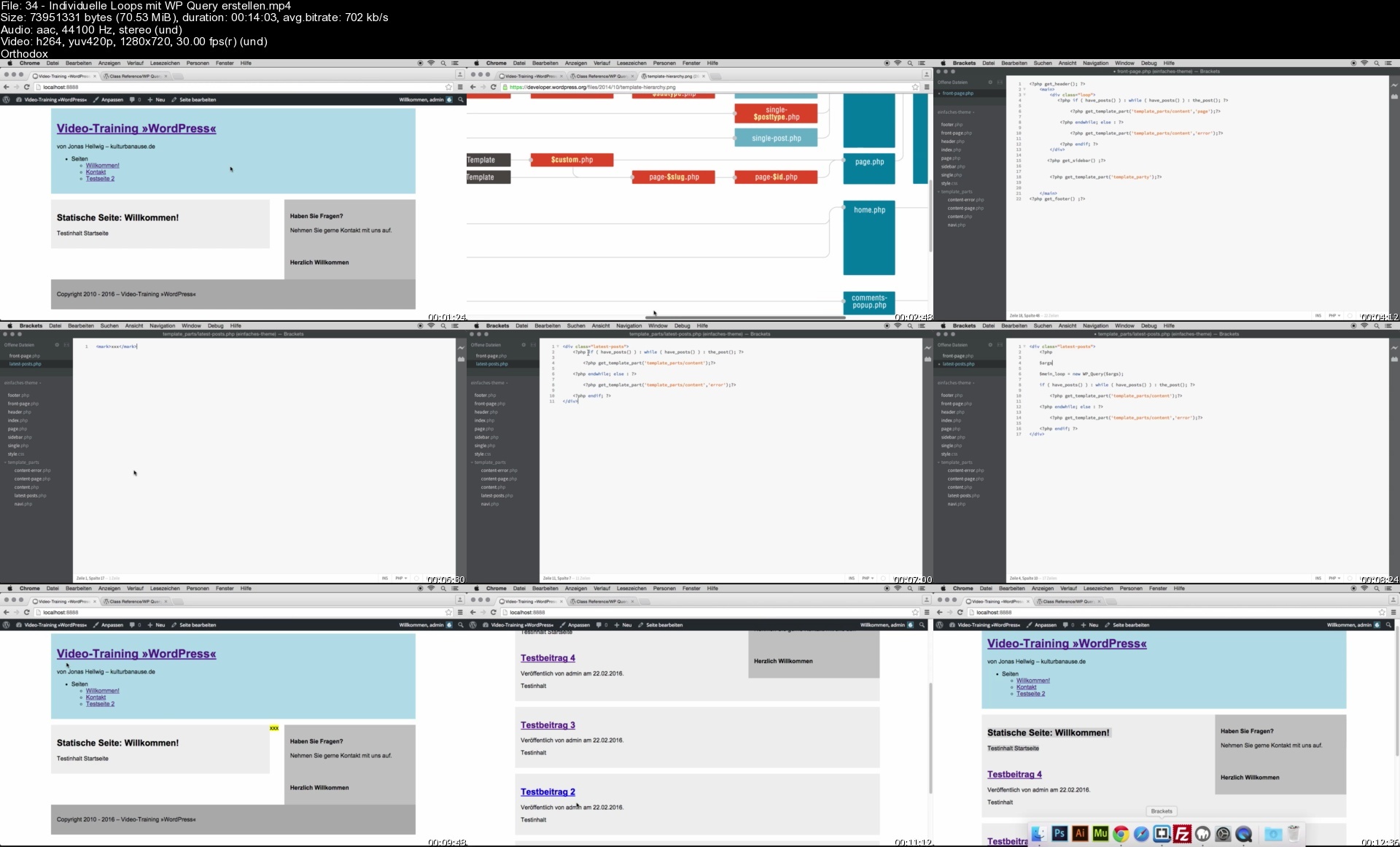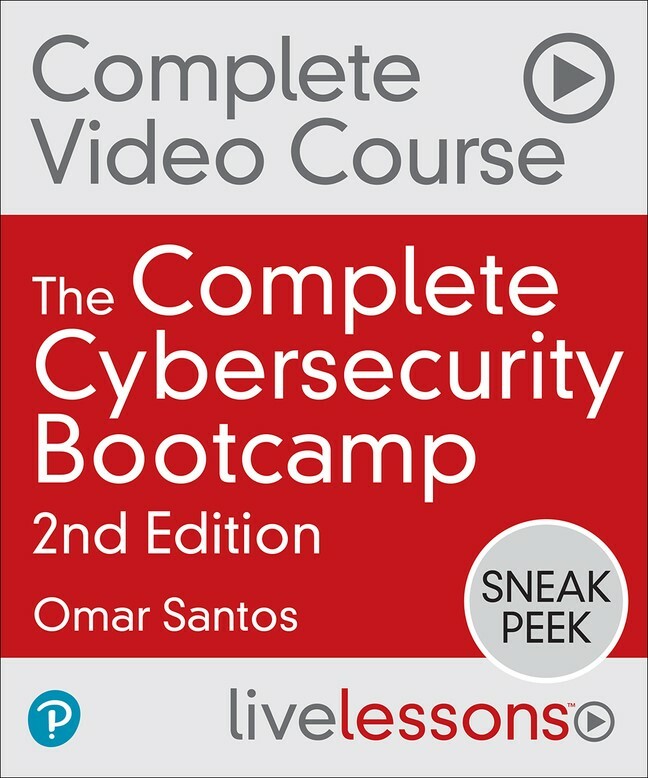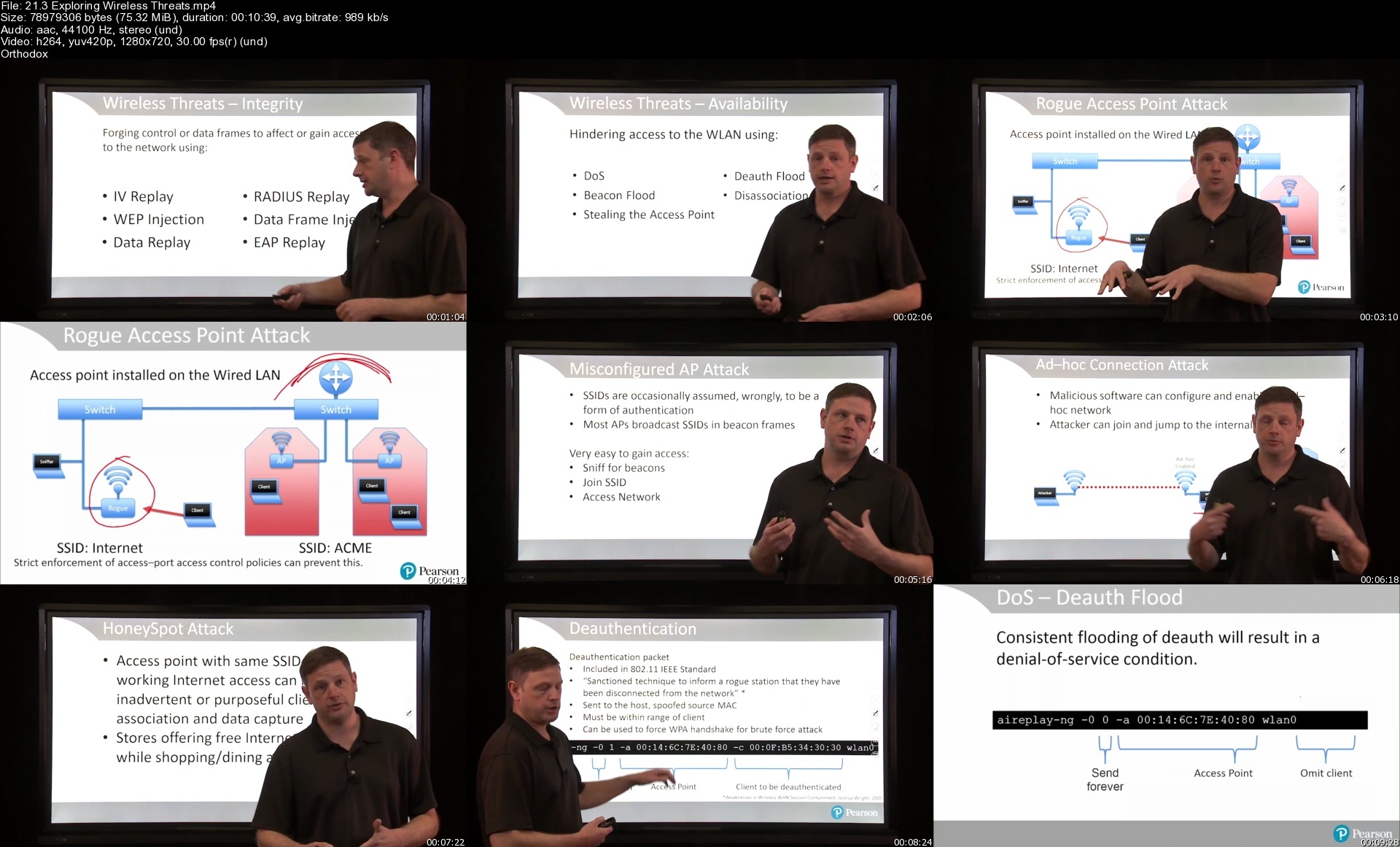
Adrian Cantrill - AWS Certified Solutions Architect - Associate (SAA-C02 & SAA-C03)
Last Updated 04/2022
MP4 | Video: h264, 1920x1080 | Audio: AAC, 44.1 KHz, 2 Ch
Genre: eLearning | Language: English | Duration: 330 Lessons (63h 41m) | Size: 10.9 GB
Become a Solutions Architect and confidently pass the SAA-C02 or UPCOMING SAA-C03 certification
AWS have announced SAA-C03, which you can sit from AUGUST 2022. This course will provide access to the SAA-C03 content free of charge when released. There is plenty of time to study for and sit SAA-C02 before august but If you miss the deadline and have to sit SAA-C03 I will be providing a 'differential' guide to help you TOPUP with just the content difference.
? Course update #163 (April 2022) - 100% valid for the current version of the exam ?
? Updates are in production for SAA-C03 changes required in August 2022 ?
The AWS Certified Solutions Architect is one of the most valuable and in-demand cloud certifications available. It covers all of the core AWS services and is a fantastic entry point into the most popular public cloud platform in the world today.
Getting certified can help improve your confidence and get you interviews, but it's the skills gained along the way which matter long term. With this course, you'll learn everything you need to pass the SAA-C02 exam confidently, but also gain the real-world skills you need to perform well in an interview and function as a mid-level AWS Solutions Architect.
I've designed the course for the new version of the AWS Certified Solutions Architect - Associate (SAA-C02) certification. Rather than updating existing content, I've created a course which directly aligns with the new structure, products, services and architectures contained in the SAA-C02 exam. This course is kept constantly up to date (weekly), see above for the most recent update status. (Confirmed Suitability for this exam version)
SUITABLE FOR
IT newcomers or anyone looking to change careers.
Experienced Engineers or Consultants
IT Managers looking to understand their platforms and Environments
Project Managers running or involved with AWS Projects
REQUIREMENTS
No previous AWS Knowledge required
Laptop or Workstation to perform the demo lessons
An email address and credit/debit card for the AWS account(s)
The course stays mostly within the free tier to avoid costs
Homepage
Code:
https://anonymz.com/?https://learn.cantrill.io/p/aws-certified-solutions-architect-associate-saa-c02
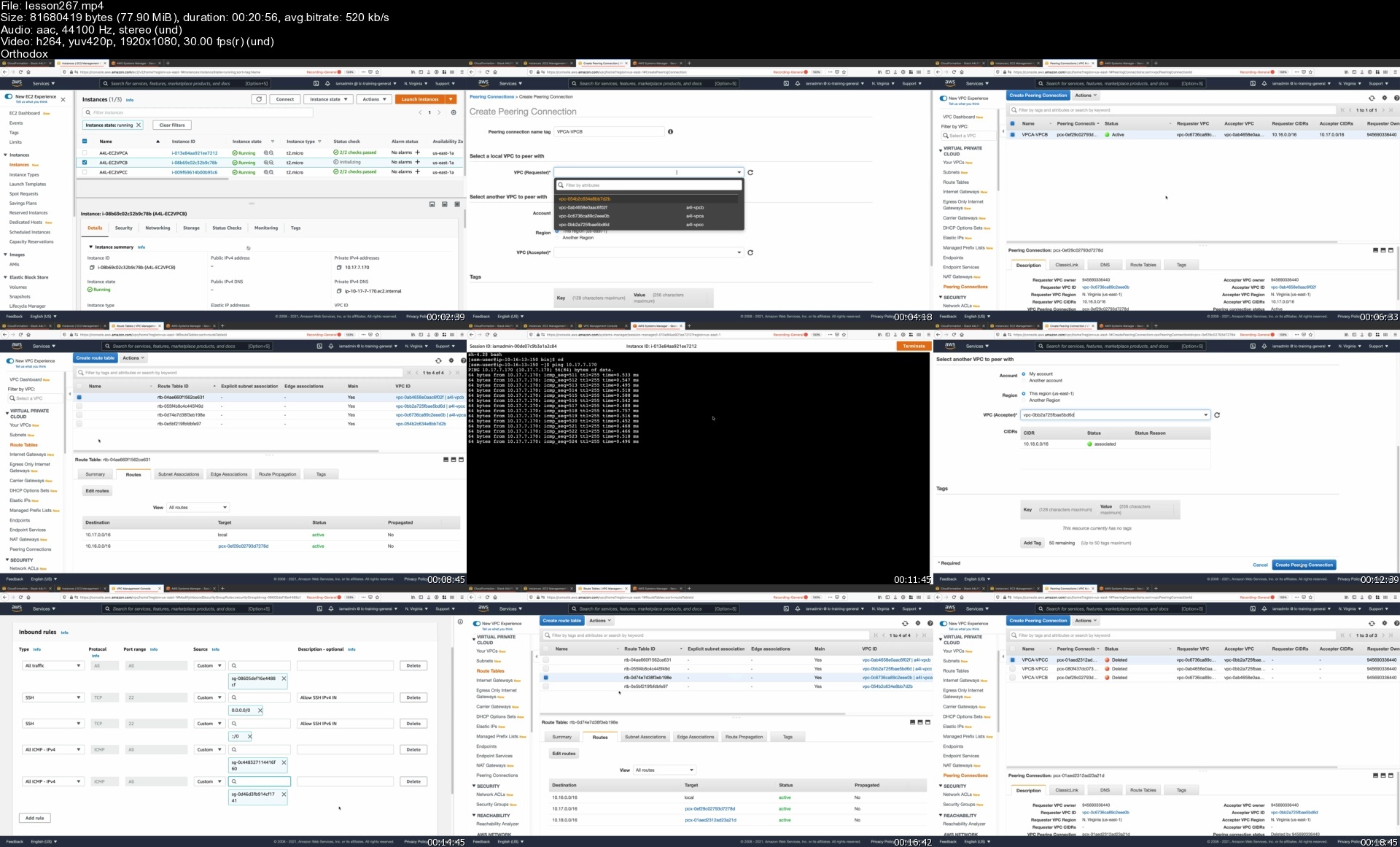
Code:
https://k2s.cc/file/a746772d41ab9/AWS_Certified_Solutions_Architect_-_Associate_(SAA-C02___SAA-C03).part1.rar
https://k2s.cc/file/7473eae65eef3/AWS_Certified_Solutions_Architect_-_Associate_(SAA-C02___SAA-C03).part2.rar
https://k2s.cc/file/22390fab7743a/AWS_Certified_Solutions_Architect_-_Associate_(SAA-C02___SAA-C03).part3.rar
Code:
https://rapidgator.net/file/e48f3f6d86173e83ca6b6b511386da6a/AWS_Certified_Solutions_Architect_-_Associate_(SAA-C02_&_SAA-C03).part1.rar.html
https://rapidgator.net/file/dc160405c4ea4947da464bcbdb964c6e/AWS_Certified_Solutions_Architect_-_Associate_(SAA-C02_&_SAA-C03).part2.rar.html
https://rapidgator.net/file/f5eb3b0a9585568511f282b4892053fb/AWS_Certified_Solutions_Architect_-_Associate_(SAA-C02_&_SAA-C03).part3.rar.html

 Our Live Cams
Our Live Cams





 Reply With Quote
Reply With Quote


